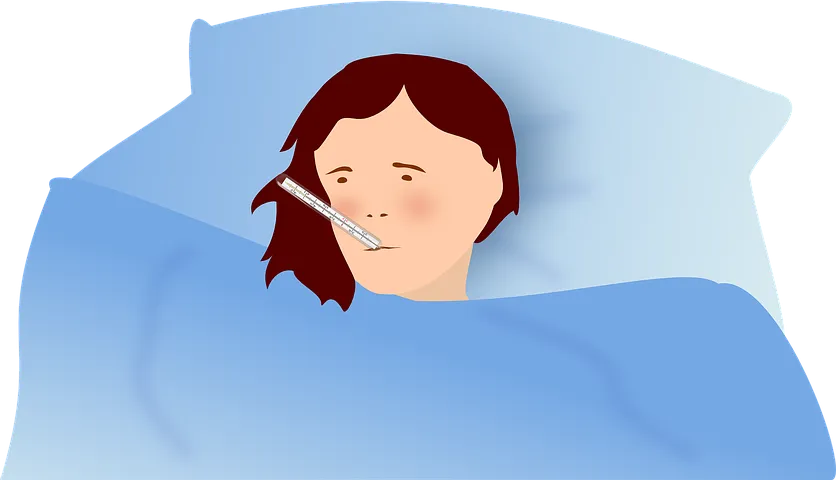Hello air clinicians and steemians 🤓 It is First Aid Friday,where we learn quick steps to saving lives before they are referred to a health expert.
We talked about food poisoning last week and we are going to be talking about Fever this week.

WHAT IS FEVER?

Fever is an an abnormally high body temperature, usually accompanied by shivering and headache.
The normal body temperature is about 37º Celsius but this can vary during the day.
Fever is also known as PYREXIA or FEBRILE RESPONSE in children
In children, a temperature above
38ºC indicates a fever.
A high body temperature, or fever, is one of the ways our immune system attempts to combat an infection. Usually, the rise in body temperature helps the individuals resolve an infection. However, sometimes it may rise too high, in which case, the fever can be severe and lead to complications.
Fever in kids can either be mild or severe
In a case of mild fever there is no cause for alarm but when it is severe ,prompt medical attention is needed.
CAUSES OF FEVER
Infections
It can be either viral or bacterial infection.
Viral infection that can cause Fever includesViral infections include the common cold, flu, most coughs and bronchitis, chickenpox and HIV/AIDS.
Examples of bacterial infections include whooping cough, strep throat, ear infection and urinary tract infection (UTI).
Excessive exposure of skin to sunlight.
Metabolic disorders
Allergies such as running nose,cold,sore throat or sneezing
Inflammatory diseases such as Boils and abscess
Excessive heat exposure
Drug overdose
Dehydration
Symptoms of Fever
Loss of appetite
Body aches
lethargy
How to take body temperature
Take body temperature to be sure it is fever
Methods to used in taking body temperature in adults
1.Axillary method (under the armpit)
2.Oral method (in the mouth)
3.Tympanic method (in the ear)
1.Axillary method (under the armpit)
1.Place the tip of the thermometer in the centre of the armpit
2.Tuck your individual's arm snugly (closely) against body
3.Leave the thermometer in place for about 1 minute, until you hear the “beep”
4.Remove the thermometer and read the temperature temperature carefully
2.Oral method (in the mouth)
1.Carefully place the tip of the thermometer under tongue
2.With your individuals mouth closed, leave the thermometer in place for about 1 minute until you hear the “beep”
3.Remove the thermometer and read the temperature.
3.Tympanic method (in the ear)
1.Use a clean probe tip each time, and follow the manufacturer’s instructions carefully
2.Gently tug on the ear, pulling it back. This will help straighten the ear canal, and make a clear path inside the ear to the ear drum
3.Gently insert the thermometer until the ear canal is fully sealed off
4.Squeeze and hold down the button for 1 second
5.Remove the thermometer and read the temperature
First Aid for Fever
1.Drink plenty of fluids to stay hydrated.
2.Dress in lightweight clothing.
3.Swap with tepid water with reduce body temperature.
4.Use a light blanket if you feel chilled, until the chills end.
Take a Tylenol such as paracetamol
and follow the directions on the label.
***Seek medical care if fever persists after 24hours or has any of the following symptoms.****
Severe headache
Chest pain
Difficulty breathing
Abdominal pain
Difficulty in swallowing fluids
Having issues with your health ?
Or Would you want to learn basic tips to living an healthy life ??

Then @air-clinic is the place to be
Download our app HEREand join us daily on air-clinic social to learn and earn aircoins